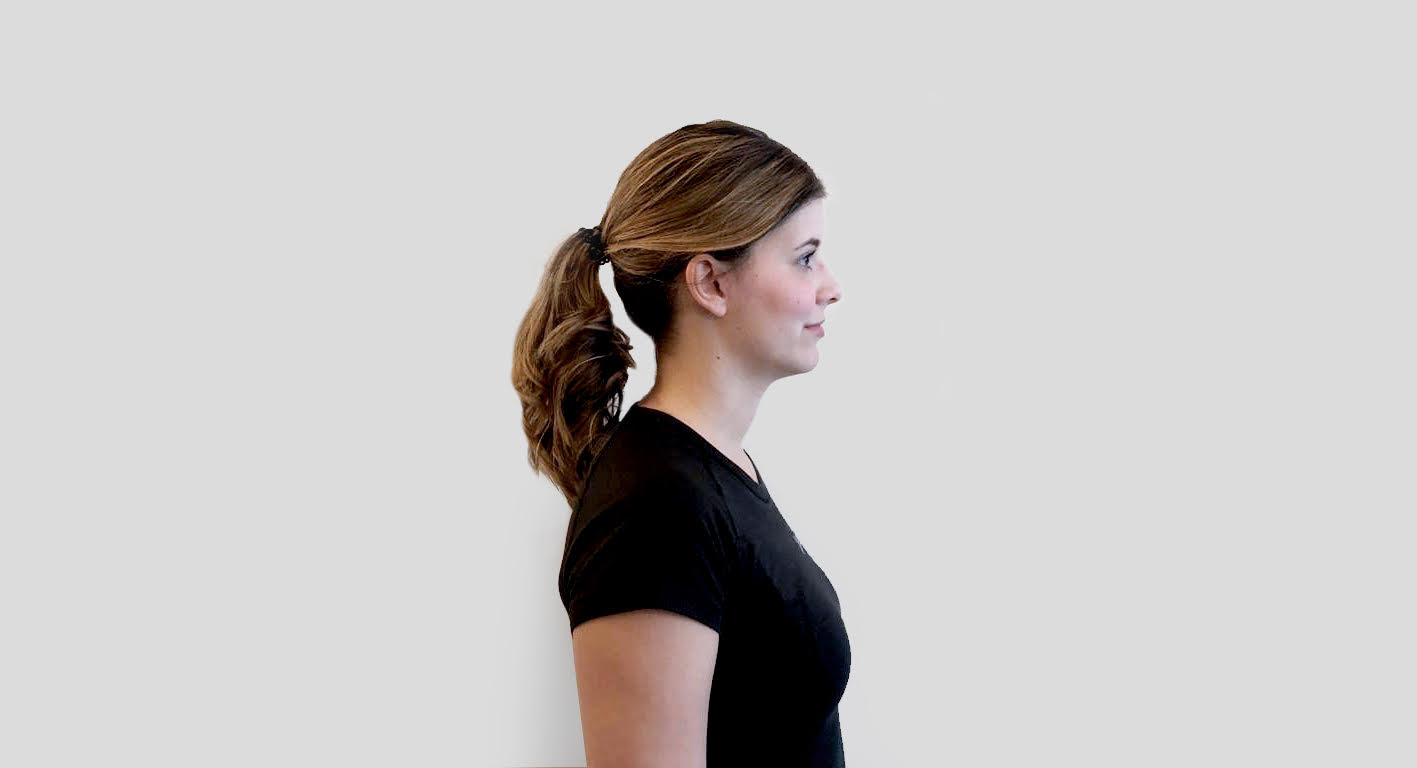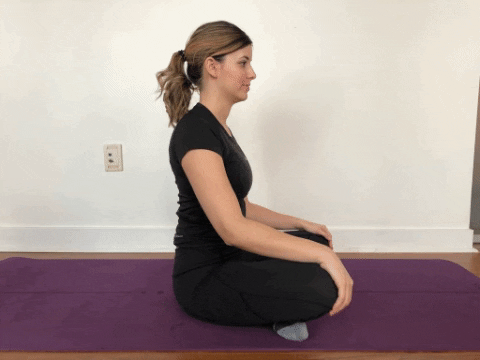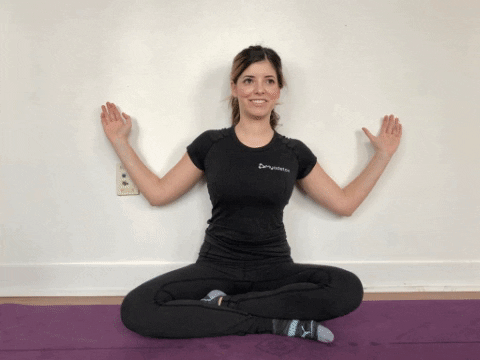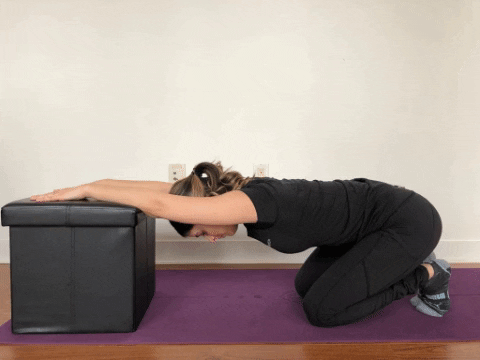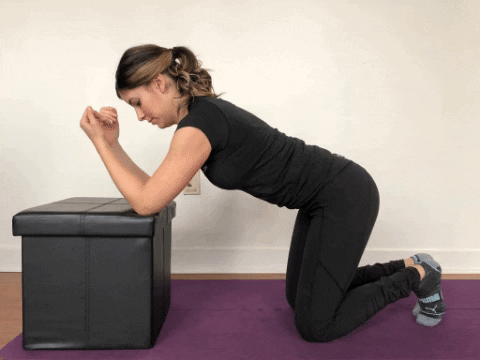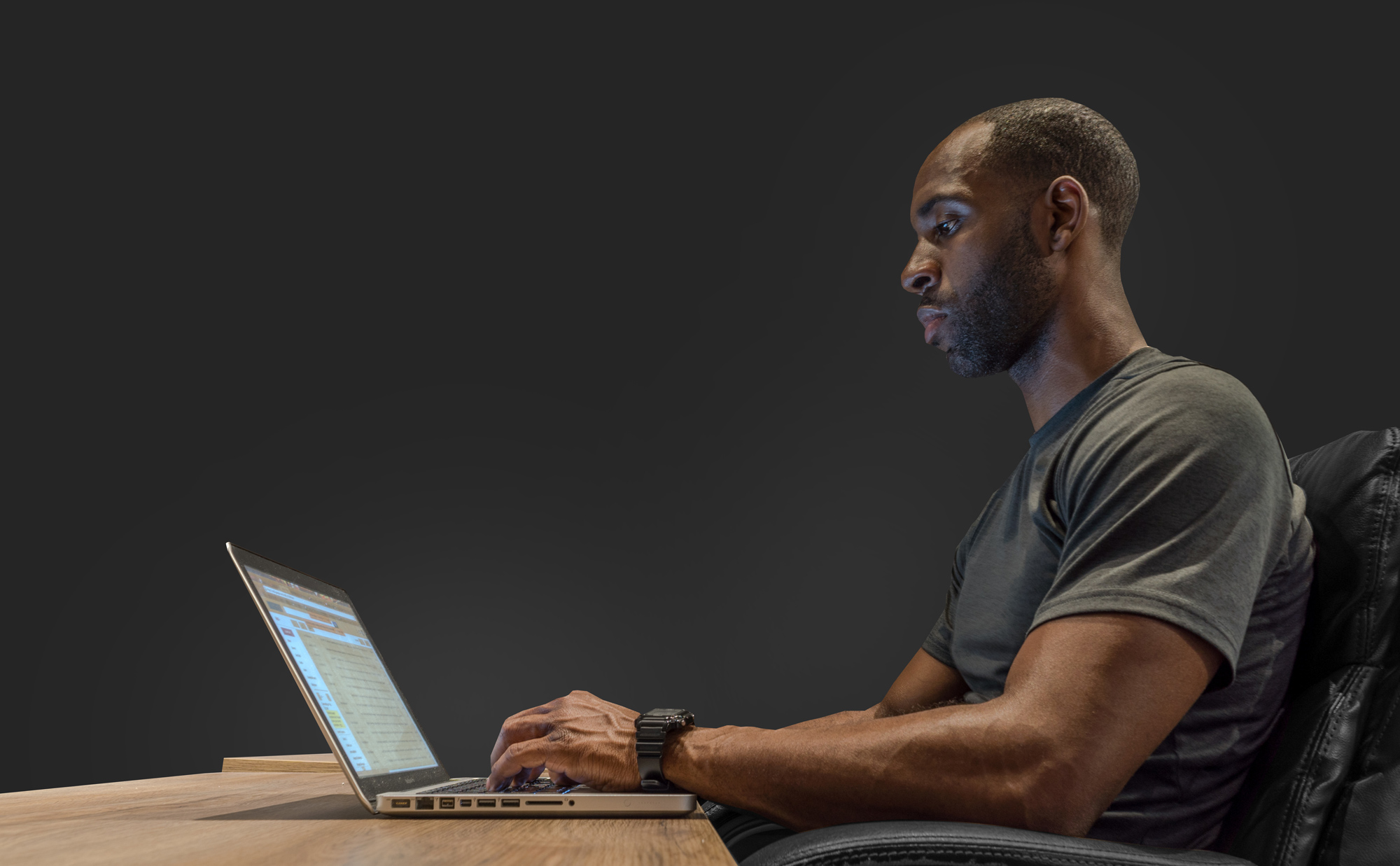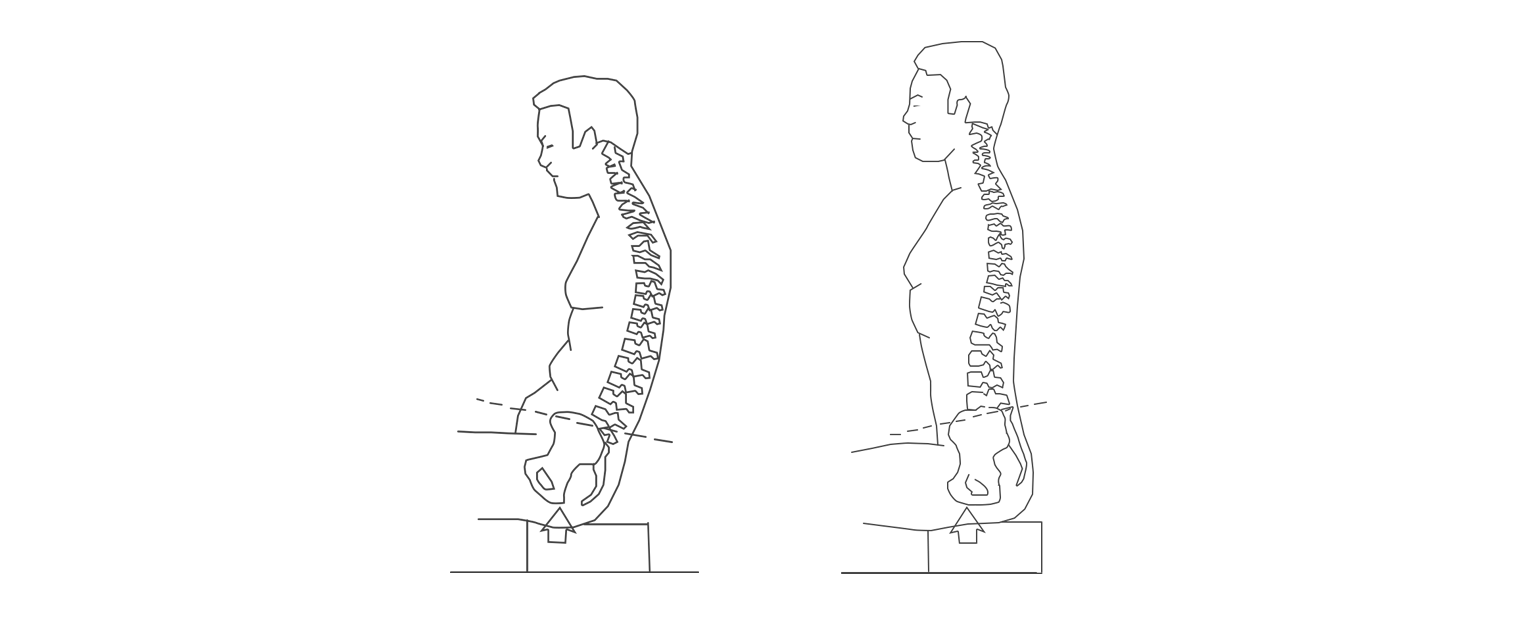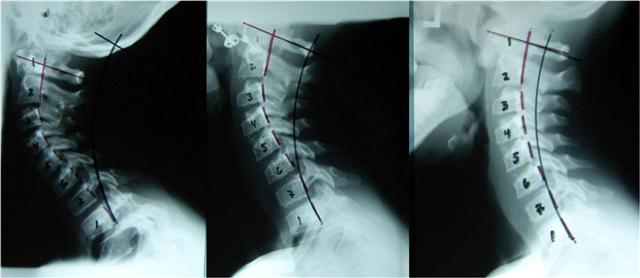5-minute Exercise Routine for Office Workers
Do you get tension in your neck?
How about stiffness in your mid-back?
Hips tired of sitting?
Ready for some relief?
Try this exercise routine for office workers!
All you need is a chair, a doorframe, and your favourite walking shoes.1. Trapezius stretch
(3-5 reps on each side, every 2-3 hours)
Sitting upright with your arms relaxed, tuck your chin in slightly, and slowly bend your neck towards one shoulder. Hold for 10-15 seconds, and repeat on the other side.
Where to feel the stretch: Along the lengthened part of your neck and upper shoulder.
Want an added stretch? Gently using your opposite hand, get the desired stretch by bringing your head just a little closer to your shoulder.

2. Pectoralis stretch
(3-5 reps on each side, every 1-2 hours)
Standing at a door frame, bend your shoulder and elbow up to 90 degrees and rest your forearm and hand along the doorframe. Position the leg closest to the door frame slightly forward, with your opposite leg slightly behind you, as if you are getting into a lunge position.
Slowly lean forward into a lunge position as you hold for 10-15 seconds – you only need to go far enough to feel the stretch.
Where to feel the stretch: Along the front of the chest and shoulder.

3. Scapular retractions
(10 reps, twice daily)
Sitting upright, tuck your chin in slightly, bend your shoulders and elbows to about 90 degrees. Now, slowly bring your shoulder blades back towards each other as if you were trying to squeeze the muscles between them – try not to shrug your shoulders!
Hold for 5-10 seconds.
Where to feel the contraction: between your shoulder blades.

4. Figure-4 stretch
Sitting upright, bend one leg so that your ankle is now resting just above the opposite knee. Your legs should look like the number ‘4’ in this position.For an added stretch, gently lean your body forward as desired.
Where to feel the stretch: Along the backside of the hip, and inside of the thigh, on the leg that is bent.

5. Walk, walk, walk!
Your body is designed to move, which is why walking is a great way to keep your blood pumping, joints moving, and your muscles active! We know it’s hard to plan for a walk during a busy work day, so here are some helpful tips to get started:Regardless of how you choose to exercise, the most important part is that you’re moving freely, safely, and happily. Talk to your healthcare professional to see whether these exercises are right for you, especially if any other symptoms or conditions are present.

Why these 5 exercises?
When you’re sitting at a desk for hours, the muscles that try to keep you upright often get fatigued, and the ones that compensate end up tight.This exercise routine for office workers lengthens tight muscles and strengthens the ones that keep your posture upright. All these exercises should only be performed within a comfortable range of motion, without causing any pain or aggravation.


